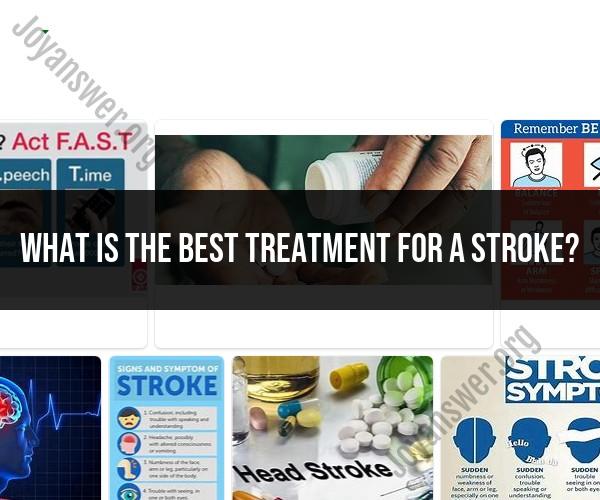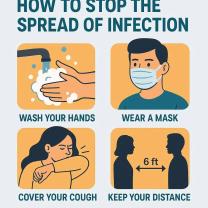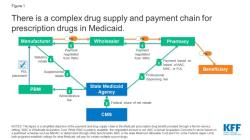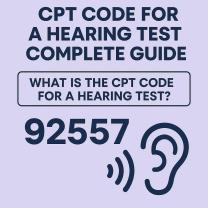What is the best treatment for a stroke?
The best treatment for a stroke depends on the type of stroke, its severity, and how quickly it is diagnosed and treated. Strokes are typically classified into two main types: ischemic strokes and hemorrhagic strokes. Here are the general treatment approaches for each:
Ischemic Stroke Treatment:
Ischemic strokes occur when a blood clot blocks an artery, cutting off blood flow to part of the brain. The primary goal of treatment for ischemic strokes is to restore blood flow to the affected area of the brain. Treatment options include:
Intravenous (IV) Thrombolytic Therapy (tPA): Tissue plasminogen activator (tPA) is a medication that can be administered through an IV to dissolve the clot and restore blood flow. This treatment is highly effective but must be given within a few hours of stroke onset.
Mechanical Thrombectomy: In some cases, especially when the clot is large or resistant to tPA, a procedure known as mechanical thrombectomy may be performed. It involves using a catheter to physically remove the clot from the blocked artery.
Antiplatelet and Anticoagulant Medications: These medications may be prescribed to prevent further clot formation and reduce the risk of future strokes.
Supportive Care: Patients with ischemic strokes may also receive supportive care to manage symptoms and prevent complications, such as physical and occupational therapy.
Hemorrhagic Stroke Treatment:
Hemorrhagic strokes occur when a blood vessel ruptures, causing bleeding into the brain. The main goals of treatment for hemorrhagic strokes are to control bleeding and reduce pressure on the brain. Treatment options include:
Surgery: Depending on the cause and location of the bleeding, surgery may be necessary to repair the blood vessel or remove the accumulated blood. This can include procedures like aneurysm clipping or coiling for aneurysm-related bleeds.
Blood Pressure Management: Controlling high blood pressure is crucial, as it can exacerbate bleeding. Medications may be used to lower blood pressure.
Medication Reversal: If the bleeding is due to the use of anticoagulant medications, reversal agents may be administered to counteract their effects.
Supportive Care: Like ischemic stroke patients, those with hemorrhagic strokes may require supportive care, including monitoring in an intensive care unit (ICU), treatment for associated symptoms, and rehabilitation.
Rehabilitation: After the acute phase of stroke treatment, stroke survivors often benefit from rehabilitation, including physical therapy, occupational therapy, and speech therapy, depending on their specific needs.
The best outcomes for stroke patients are associated with prompt recognition of stroke symptoms and rapid access to appropriate medical care. Time is critical, especially for ischemic strokes, where tPA treatment is most effective within a limited window of hours after symptom onset. If you suspect someone is having a stroke, it's crucial to call emergency services immediately.
Ultimately, the best treatment plan for a stroke patient is determined by a healthcare team based on the individual's unique circumstances and the latest medical guidelines. Stroke care has advanced significantly in recent years, leading to improved outcomes for many patients.













